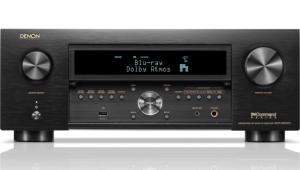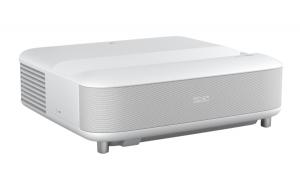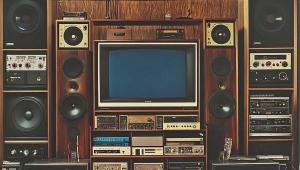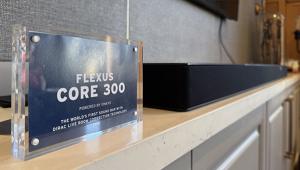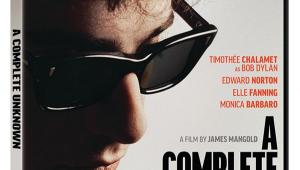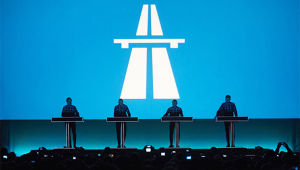oluv,
the article is certainly not in-depth, but the writer does state that the speaker had been heard/demoed. what exactly is "the truth"?
Have you heard the Core yourself?
Mass Fidelity Core Portable Wireless Speaker

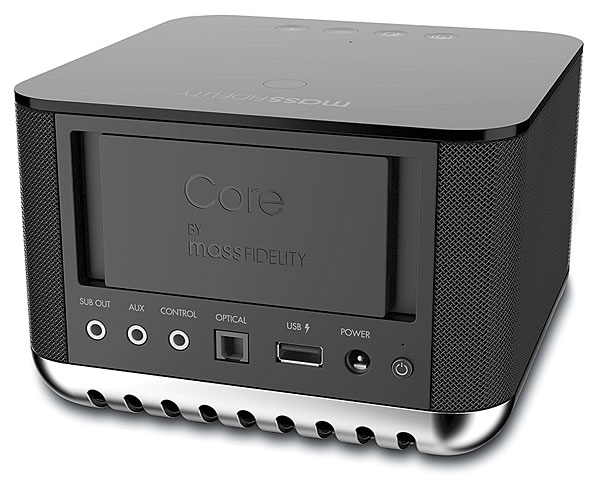
The secret sauce is a sophisticated audio rendering technique developed in the late ’80s called Wave Field Synthesis (WFS). Unlike conventional stereo that relies on the listener’s position and psychoacoustics, Mass Fidelity’s implementation of WFS uses half a dozen digital signal processors to generate a series of rendering algorithms that physically reconstruct the soundfield, resulting in a holographic image that remains stable as you walk around the room. As the company explains it, WFS “causes sound to emanate from virtual starting points (in this case, the Core) and continue to move along pathways, creating a lifelike sound image as each of the waveforms collides at a point in space.” Sound originates from four mid-/high-frequency drivers and a mini subwoofer in the base of the speaker. Digital amplifiers serve up 120 watts of total power.
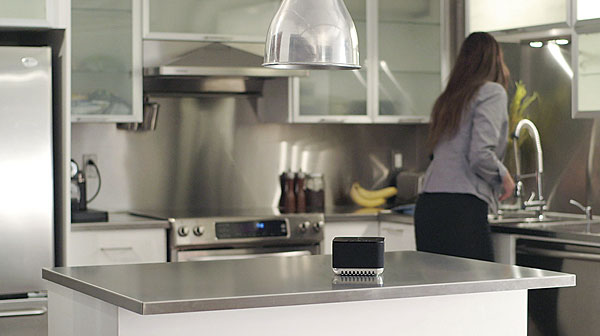
The easiest way to get an audio signal into the Core is to stream music from a Bluetooth-enabled smartphone or tablet, but optical, USB, and analog minijack inputs are on hand if you want to make a hard-wire connection. In addition to a high-sensitivity Class 1 Bluetooth receiver that supports aptX decoding, the system creates its own adaptive 5-gigahertz wireless network so you can link up to nine Cores together; each speaker can also play individually from a local source. The network continually scans channels to avoid interference and is said to support CD-quality streaming. About that battery: It’s rated to last 12 hours and takes 2 hours to charge when empty.
As if all this sonic sorcery wasn’t cool enough, the system has a built-in microphone so you can use it as a speakerphone, and you can skip tracks just by waving your hand over the top of the speaker. A separate wireless subwoofer ($399) is offered as an option.
- Log in or register to post comments















